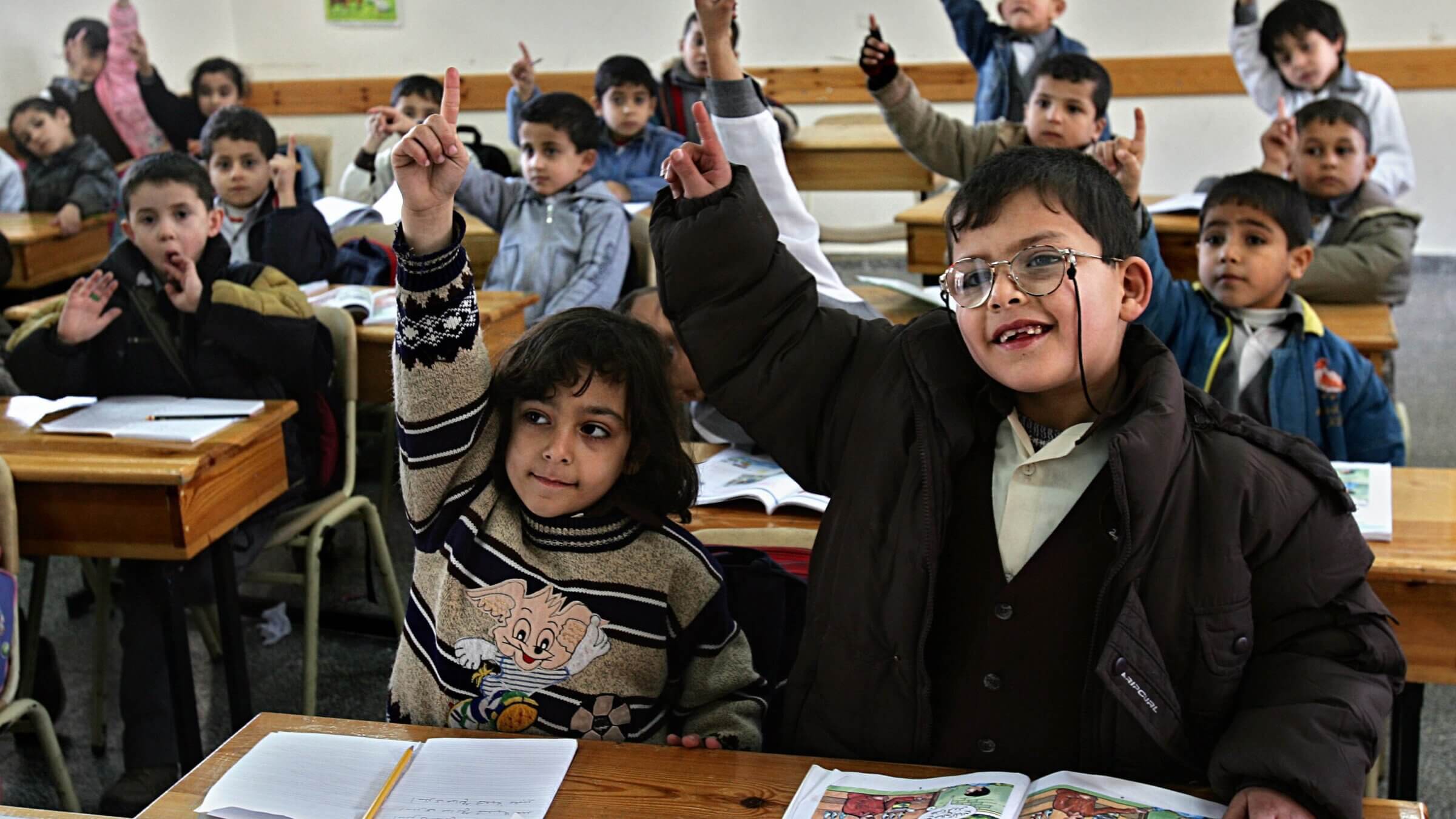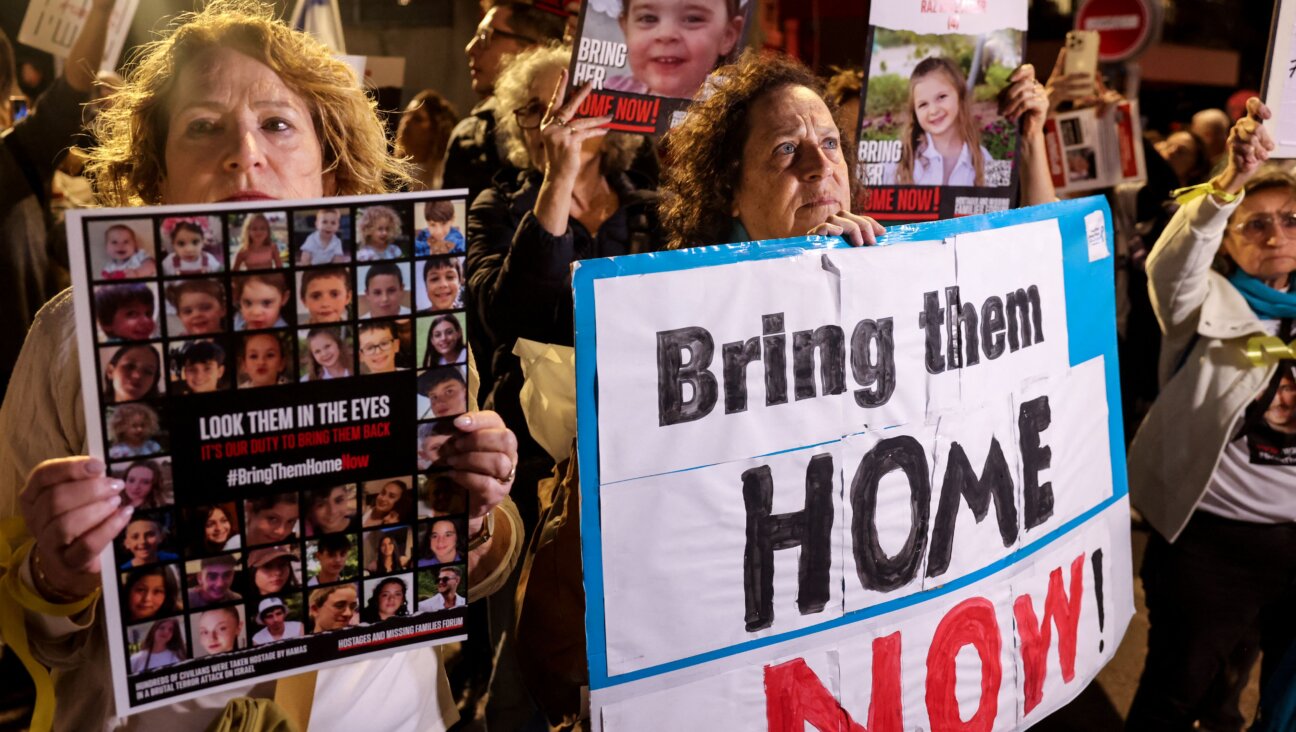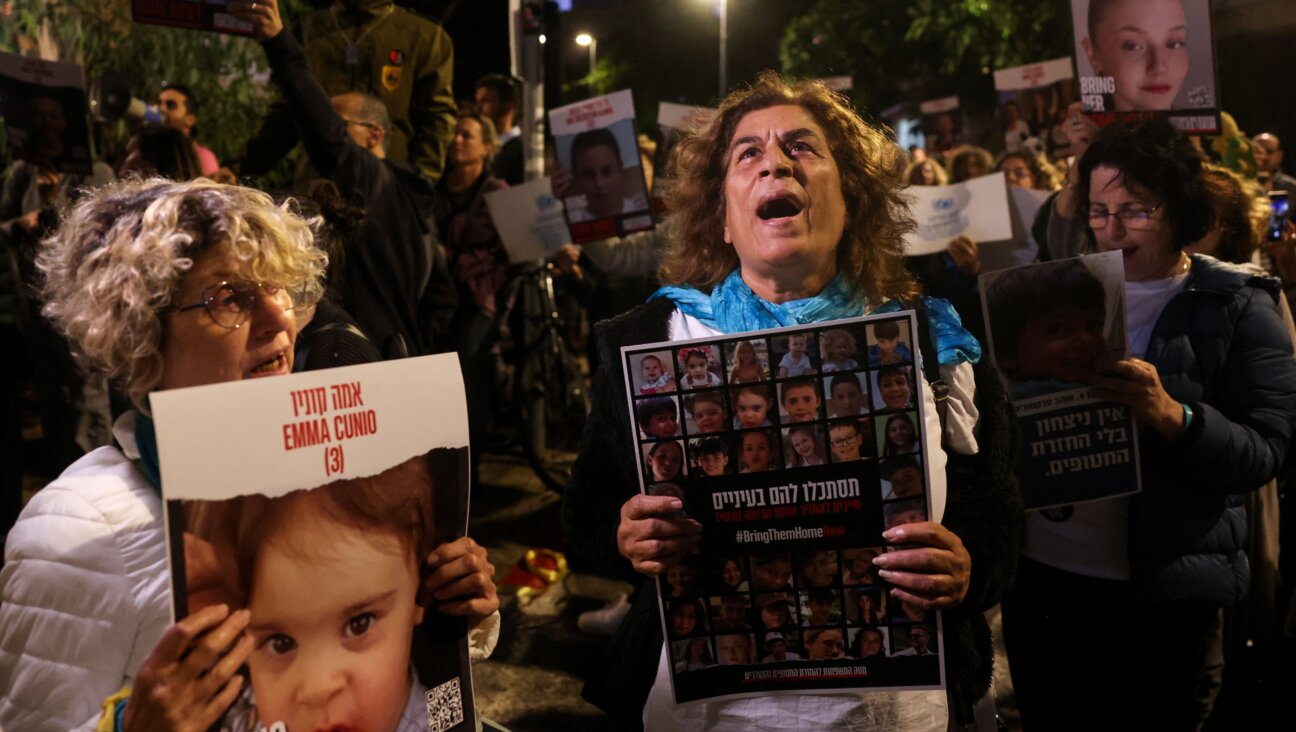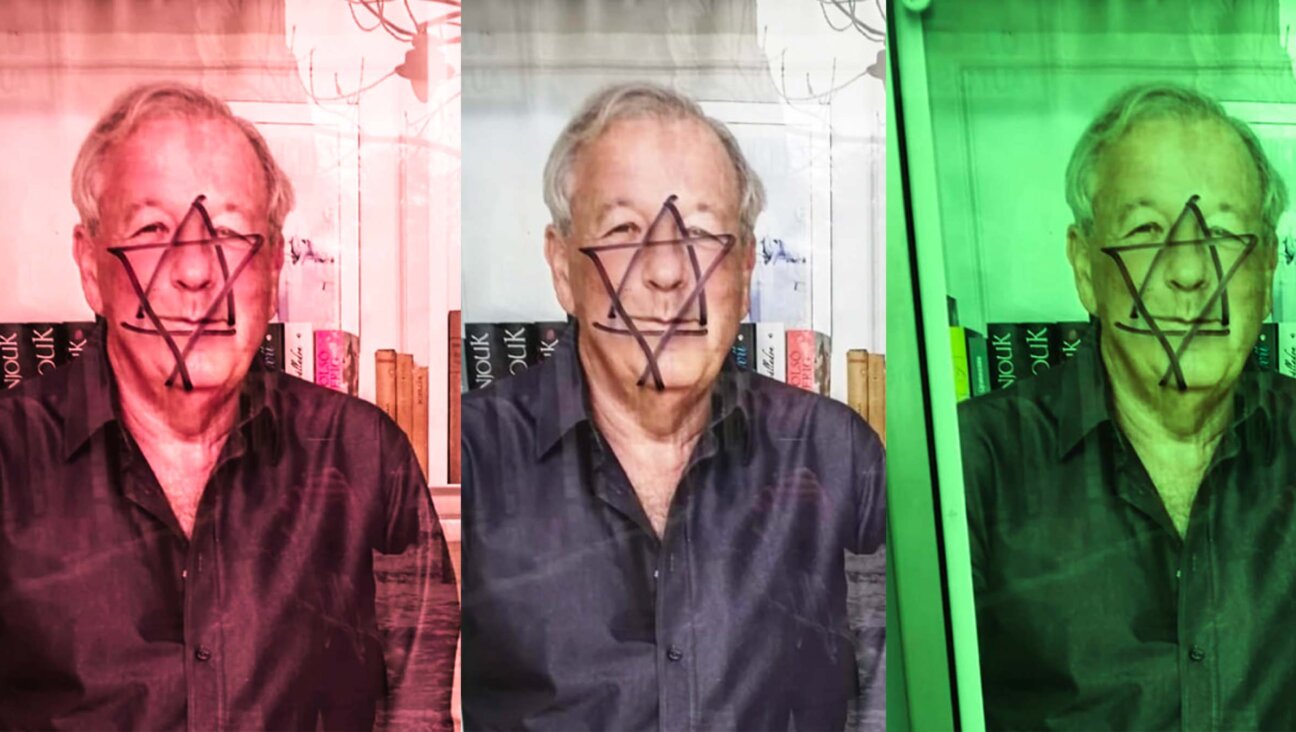The roots of Hamas’ terror attack can be found in Gaza’s schools
A generation of children have been taught to hate from antisemitic textbooks

Palestinian students attend a national education lesson at the Dar Al-Arqam school in Gaza City, founded by Hamas, in 2006. Photo by Abid Katib/Getty Images
At the core of the tragedy unfolding in Gaza is a question: When Israel withdrew from the coastal Palestinian enclave in 2005, why did the romantic vision of it as a place that would function as a fit home for its citizens turn into the hellish reality of a failed state run by a terrorist organization? The easy and popular theories — a military blockade by Israel, a civil war between Palestinian political factions — miss a fundamental point. The roots of this generation of Hamas terrorism resides in ideas fomented in Gaza’s education system for decades.
While serving in Congress between 2001 and 2017, I studied what goes on in Palestinian schools. I reviewed their textbooks, met with educators and diplomats, and introduced legislation and amendments compelling the Department of State to monitor antisemitism in foreign classrooms. I saw firsthand that a generation of Palestinian children were being taught at an early age to reject living peacefully with Israel. They read about it in their schoolbooks and heard about it from their teachers. They were raised on a steady curriculum of violent rejectionism. My colleagues and I in Congress were unable to change that reality.
Now, as the world reels from the devastation of Hamas’ terrorism, understanding how Palestinian children are taught is essential to any discussion of the future in the region.
A startling 47% of the population in Gaza is under 18. A European human rights group recently reported that 91% of these children “suffer from some form of conflict-related trauma,” having grown up in impoverished, unsafe conditions and lived through multiple devastating rounds of warfare with Israel. This is a recipe for radicalization, supercharged by the fact that Hamas has sought to directly cultivate antisemitic attitudes in its education system.
The children of Gaza have three education options: Those classified as refugees attend schools run by the United Nations Reliefs and Works Agency. Most others attend schools run by Hamas, the de-facto governors of Gaza. And there are a handful of private schools.
A 2013 New York Times article said that Gaza schools run by Hamas and the U.N. both use the Palestinian Authority curriculum that is also taught throughout the West Bank, but that “Hamas has added programs, like a military training elective” and other teachings to “infuse the next generation with its militant ideology.”
This curriculum “includes references to the Jewish Torah and Talmud as ‘fabricated,’” the Times reported, and a description of Zionism as a racist movement whose goals include driving Arabs out of the entire area between the Nile in Africa and the Euphrates in Iraq, Syria and Turkey.”
This is a curriculum designed to indoctrinate and radicalize its students in support of Hamas’ terrorist aims.
Even the comparatively moderate Palestinian Authority textbooks are problematic. In 2020, the European Union’s Parliament adopted three resolutions condemning the authority “for continuing to teach hate and violence in its school textbooks,” following a study confirming incitement in the curriculum. To teach physics, a textbook showed students “a picture of Palestinians hitting Israeli soldiers with slingshots,” the study found, while another “promotes a conspiracy theory that Israel removed the original stones of ancient sites in Jerusalem and replaced them with ones bearing Zionist drawings and shapes.”
UNRWA schools in Gaza, too, are replete with antisemitism. A 2018 article in The Times of Israel cited examples including the lionization of Dalal al-Mughrabi, who led a 1978 attack on a bus in Tel Aviv that killed more than 30 people, as a “heroine and martyr of Palestine,” and the description of the victims of an attack in Psagot, a settlement in the occupied West Bank, as “a barbecue party.”
When I hear Israeli survivors of the massacre describe the sheer hate and absence of humanity in the eyes of their attackers, I’m unsurprised. Those eyes were forced open to a false, hate-filled view of Jews for years.
Now, the children of Gaza — who have grown up in poverty, lost family members due to the ongoing violence, and been taught to hate the Jewish people — will be tasked with rising from the ashes of a brutal war triggered by Hamas’ indiscriminate murder of innocent Israeli civilians. Hamas has failed all of Gaza, yet those who have suffered most are the children.
Israel, the United States and other regional partners must work to build a better future for these children. That means an education system that abolishes hate from its curriculum. That means a government that teaches children how to build, not blow up. That means free and fair elections.
That means an end to Hamas’ reign of terror, and schools that do not teach students to hate their neighbors.
A message from our Publisher & CEO Rachel Fishman Feddersen

I hope you appreciated this article. Before you go, I’d like to ask you to please support the Forward’s award-winning, nonprofit journalism so that we can be prepared for whatever news 2025 brings.
At a time when other newsrooms are closing or cutting back, the Forward has removed its paywall and invested additional resources to report on the ground from Israel and around the U.S. on the impact of the war, rising antisemitism and polarized discourse.
Readers like you make it all possible. Support our work by becoming a Forward Member and connect with our journalism and your community.
— Rachel Fishman Feddersen, Publisher and CEO





























